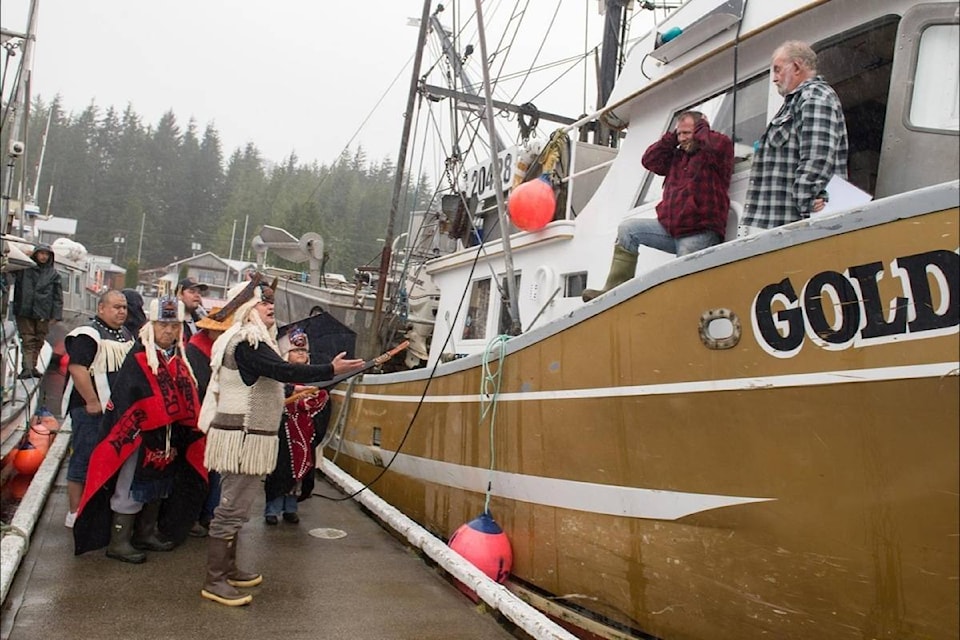After decades of bitter battles on the Central Coast, the Department of Fisheries and Oceans has agreed to shut down the commercial herring fishery in the area.
The Heiltsuk First Nation and DFO officials were unable to come to a “shared understanding” about the health of the local herring stock, with traditional knowledge and reconciliation given equal weight.
Co-management of the fishery must take into account the “Heiltsuk’s traditional knowledge of the ecosystem,” according to the announcement.
“It’s the first time (DFO) has considered Heiltsuk traditional knowledge,” said Kelly Brown, director of the Heiltsuk Integrated Resource Management Department.. “This is a really big deal for us.” Brown said herring biomass has “flat-lined” on the Central Coast.
It is also the first time a fishery closure based on principles of reconciliation has been enacted.
Both the Heiltsuk and the Kitasoo/Xaixais First Nations have been vehemently opposed to the opening of the commercial fishery for several years, with members of the Heiltsuk Nation occupying the DFO’s Central Coast office for four days in 2015.
Commercial herring fisheries have been shut down for years at a time since the 1970s due to low abundance.
Herring roe is a traditional food for First Nations, and the Heiltsuk will be allowed a limited spawn fishery for food, ceremonial and commercial purposes as part of the agreement.
DFO has allocated “600 short tons for First Nations food, social and ceremonial purposes and 1,265 short tons for commercial spawn-on-kelp,” according to a department spokesperson.
“This represents a very precautionary approach for the coming season, consistent with sound environmental management practices, that will support continued rebuilding of central coast herring stocks.”
Brown said this is the first time the DFO has permitted a commercial spawn First Nation fishery without also permitting a licensed commercial roe fishery.
“We’ve been concerned with the decline in several of the traditional spawning areas that have been depleted to no spawn at all,” he said. “In the old days, they used to spawn right in front of our village, but now it’s really spotty and it’s not enough to depend on for (food).”
